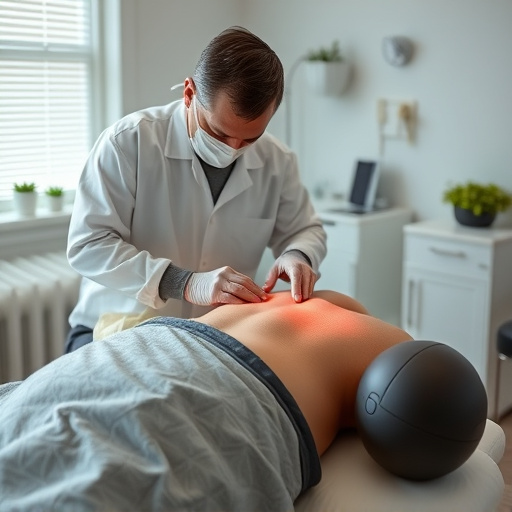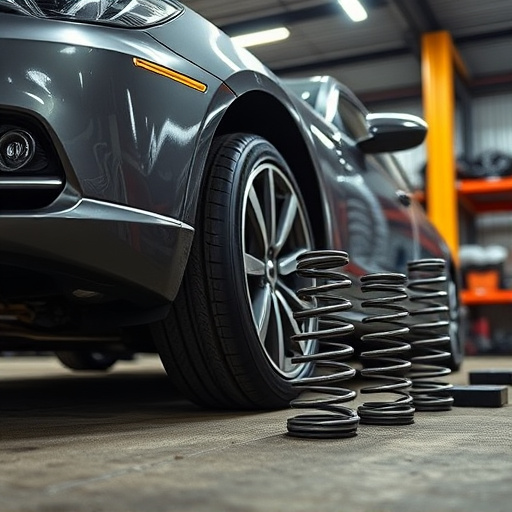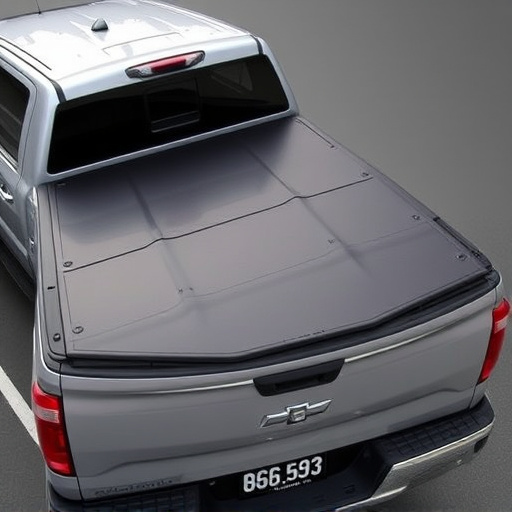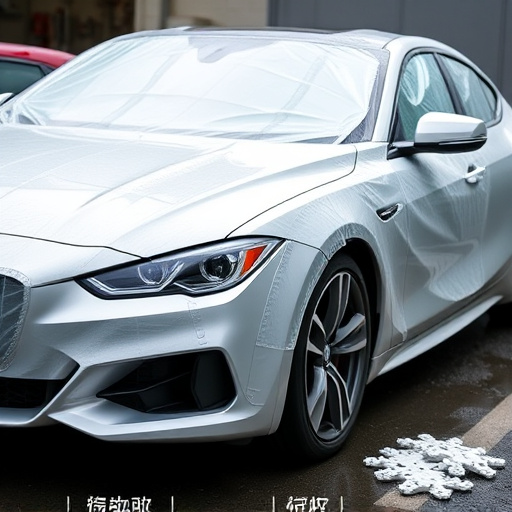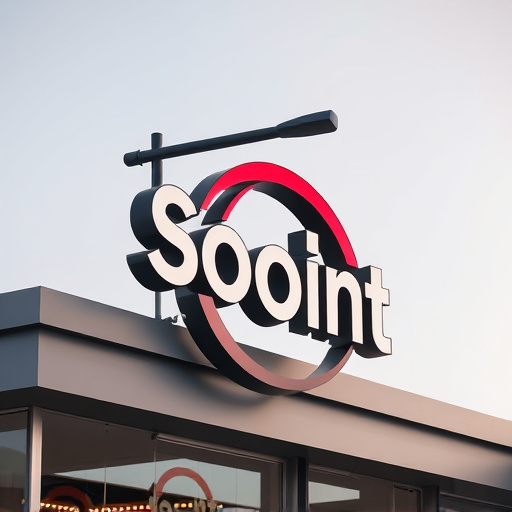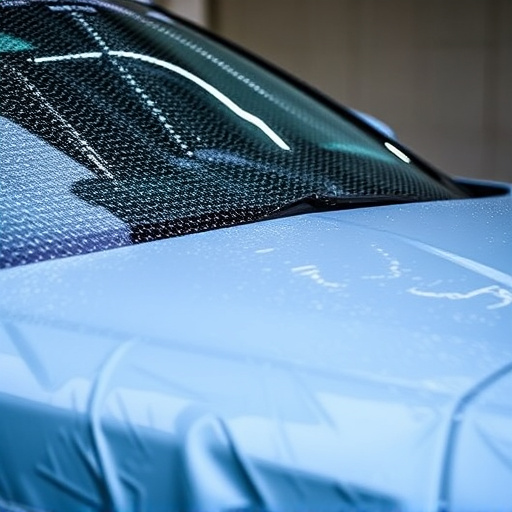Selecting pad material for swirl mark removal is key, with foam for gentle touch-ups, microfiber/nylon for deeper scratches, and UV protection for custom graphics. Wheel design impacts mark severity; complex patterns cause turbulence, simpler designs promote smoother air flow. Pad choice depends on surface type and scratch intensity, enhancing removal results and protecting vehicle exterior.
Understanding pad selection is crucial for effective swirl mark removal, a common challenge in surface finishing. This article guides you through the essential aspects of choosing the right pads, considering materials and design. We’ll explore how wheel design impacts swirl marks and provide application techniques to maximize pad effectiveness. By following these insights, you can achieve superior results in your swirl mark removal processes.
- Pad Materials: Choosing the Right Surface for Swirl Mark Removal
- Wheel Design and Its Impact on Swirl Marks
- Application Techniques: Maximizing Pad Effectiveness in Swirl Mark Removals
Pad Materials: Choosing the Right Surface for Swirl Mark Removal
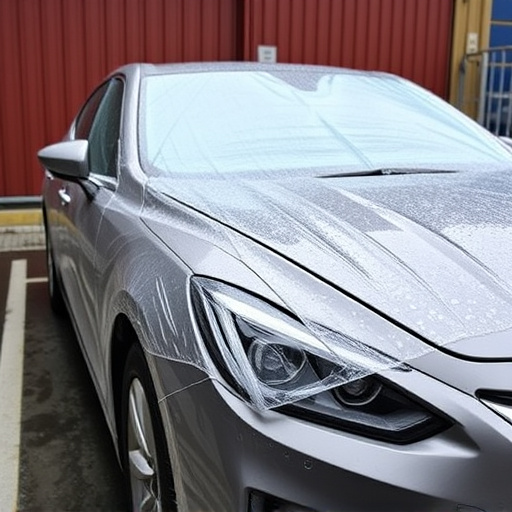
When it comes to swirl mark removal, the choice of pad material is a crucial factor in achieving optimal results. Different materials offer unique advantages and are suited for various painting surfaces. For instance, foam pads are gentle on paintwork, making them ideal for delicate touch-ups and removing light swirls without causing further damage. On the other hand, microfiber or nylon pads provide more aggressive scrubbing power, effective for deeper scratches and heavy swirl marks.
For a successful vehicle enhancement, selecting the right pad material is essential. Custom graphics and intricate paint jobs require specific pads that won’t cause discoloration or scratch the surface. UV protection is another aspect to consider; some pads are designed with UV filters to safeguard the paint from sun damage during the swirl mark removal process. Choosing the appropriate pad material ensures a thorough cleaning while preserving the vehicle’s exterior aesthetic, resulting in a smooth and sparkling finish.
Wheel Design and Its Impact on Swirl Marks
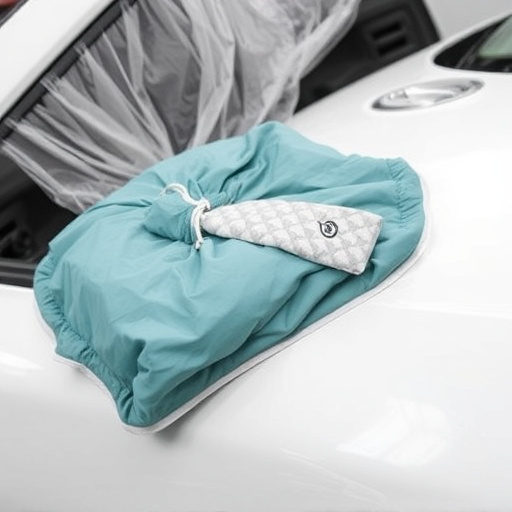
The design of a wheel can significantly impact the occurrence and severity of swirl marks, which are unsightly imperfections that appear on vehicle paint jobs after installation of vinyl wraps or heat rejection films. Spoke patterns, depth, and overall structure influence how air flows around the wheel, affecting temperature differentials and moisture buildup—all factors that contribute to swirl mark formation. Complex or intricate designs can create turbulence in the airflow, leading to localized heating and condensation, while simpler designs allow for smoother air circulation, minimizing these issues.
Understanding this relationship is crucial when addressing swirl mark removal. While high-quality paint protection film (PPF) can mitigate some effects by creating a barrier between the wheel and potential contaminants, it cannot completely eliminate the risk. Effective swirl mark removal strategies must account for both the wheel’s design and the protective layers on the vehicle’s surface, ensuring that any corrective actions are tailored to these unique interactions.
Application Techniques: Maximizing Pad Effectiveness in Swirl Mark Removals
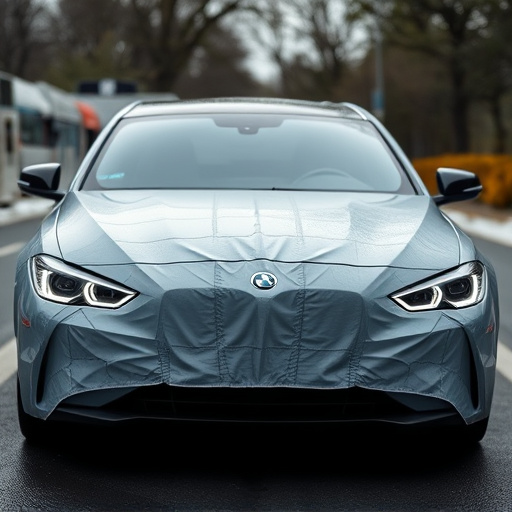
When it comes to swirl mark removal, the effectiveness of your chosen pad is key. Different pads are designed for specific tasks and material types, so understanding their applications is crucial. For example, ceramic window tinting films often require a soft, microfiber pad for gentle yet effective cleaning due to their delicate finish. On the other hand, heat rejection coatings might demand a more robust pad capable of handling high-pressure washing without causing damage.
Maximizing pad effectiveness involves pairing the right tool with the job at hand. For intricate details and delicate surfaces, opt for pads with finer grits, as they offer more precision during the swirl mark removal process. Conversely, coarser pads are ideal for heavier scratches or rougher car customization projects where aggressive cleaning is necessary. Proper pad selection not only ensures optimal results in swirl mark removal but also safeguards the integrity of your vehicle’s exterior.
In understanding pad selection for swirl mark removal, it’s clear that the right combination of pad material, wheel design, and application technique is key. By choosing the appropriate pad materials, such as those offering better abrasiveness and conformability, and utilizing specific wheel designs that minimize swirl marks, you can significantly enhance the effectiveness of your swirl mark removal process. Additionally, mastering application techniques ensures optimal pad performance, leading to superior results in swirl mark elimination. Implement these insights for efficient and effective swirl mark removal in various polishing applications.

